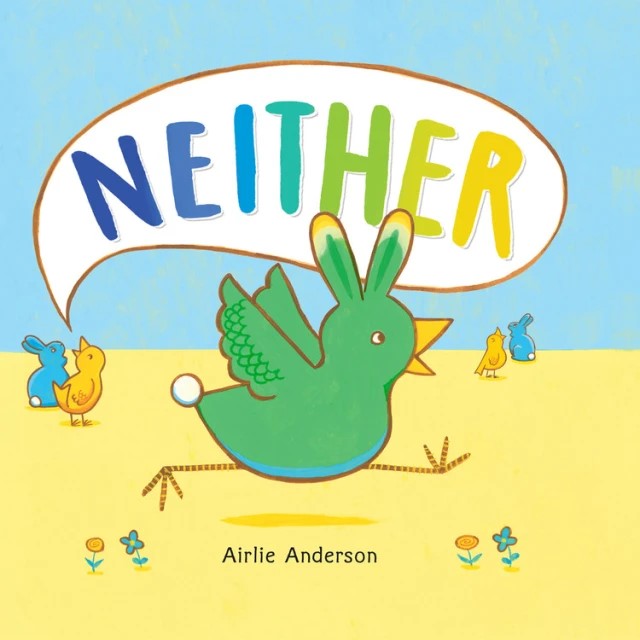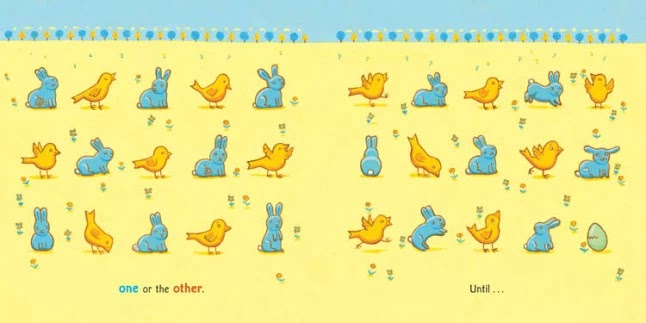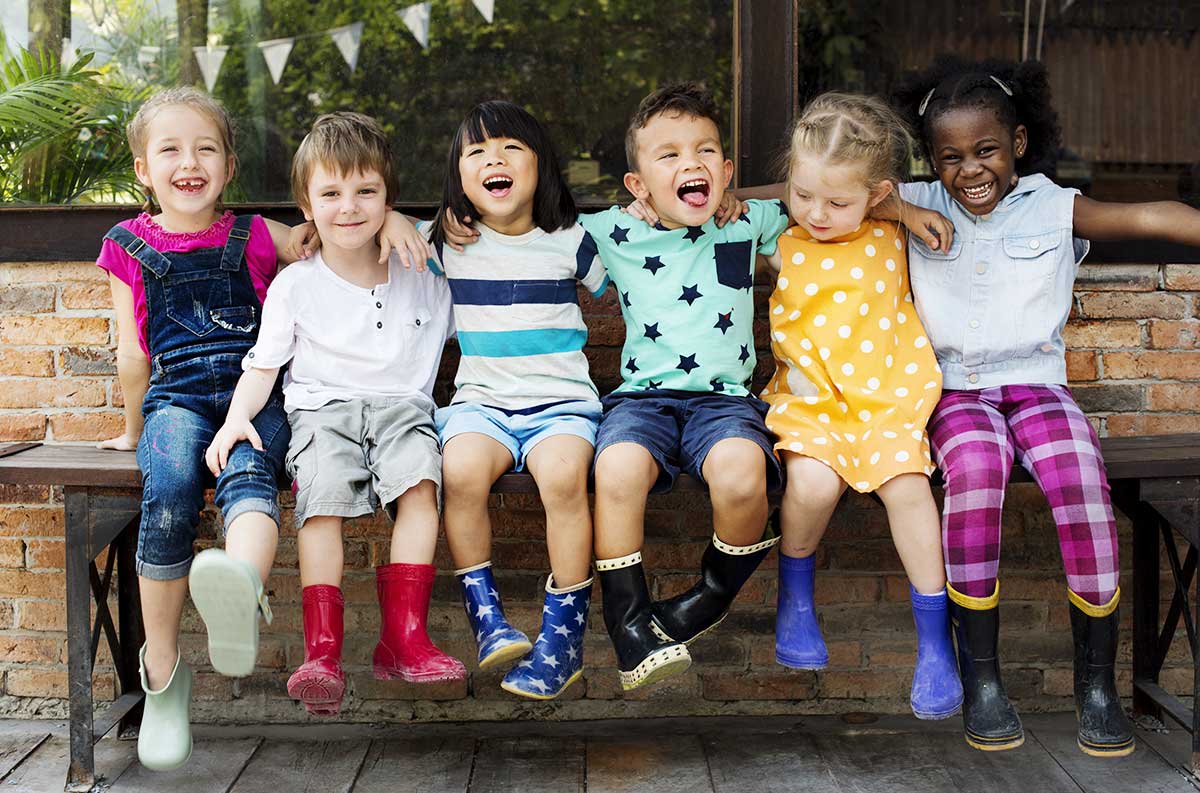
Inclusive Children's Book Teaching Guide
Neither
What is this book about?
In this colorful and touching story that celebrates what makes each of us unique, a little creature that’s not quite a bird and not quite a bunny (it’s “neither”) searches for a place to fit in.
In the Land of This and That, there are only two kinds of animals: blue bunnies and yellow birds. But one day a funny green egg hatches, and a little creature that’s not quite a bird and not quite a bunny pops out. It’s neither!
Neither tries hard to fit in, but its bird legs aren’t good for jumping like the bunnies, and its fluffy tail isn’t good for flapping like the birds' tails.
Neither sets out to find a new home and discovers a very different place—one with endless colors and shapes and creatures of all kinds. But when a blue bunny and a yellow bird with some hidden differences of their own arrive, it’s up to Neither to decide if they are welcome in the Land of All.
Neither promotes an appreciation of diversity and offers a valuable lesson to the youngest of audiences: It is our differences that unite us.
Who is depicted in this book?
- Animal characters who do not fit into an established binary (rabbit or bird)
What early childhood themes and concepts does this book explore?
- Categories and how they need to expand as we learn more, including the categories that we use to group people
- Concepts of both and neither
- Similarities and differences among people or things
- Neither can also be used to explore colors
How does this book support anti-bias education?
Neither is a simply told story with colorful illustrations that depict the fact that living things do not fit into binary categories. In the book, the categories are “this” (blue bunnies) and “that” (yellow birds). These categories are challenged when a green creature that is both a bird and a bunny appears and informs the other animals that it is “neither.”
Later, other colors and creatures are introduced. So while Neither explores color and animals to introduce and challenge simple binary categorization, teachers of older children can connect this book to conversations that address people as individuals and discussions that disrupt binary notions of gender. This is a basic introduction to the concept of nonbinary categories and can support children in understanding human diversity as they learn about it through other experiences as well. It is also an affirming book for children who do not feel like a boy or a girl—or feel like both.
Depending on how the book is shared or used—and the developmental level of the children—Neither may be used to support the following core goals from Anti-Bias Education for Young Children and Ourselves:
Identity—Teachers will nurture each child’s construction of knowledgeable and confident personal and social identities so that children will demonstrate self-awareness, confidence, family pride, and positive social identities.
Diversity—Teachers will promote each child’s comfortable, empathetic interactions with people from diverse backgrounds so that children will express comfort and joy with human diversity, use accurate language for human differences, and form deep, caring connections across all dimensions of human diversity.
How can this book be used to meet early childhood learning standards?
For all ages
Use Neither to meet early childhood literacy standards
For children from birth to age three
Teaching suggestion: Point out and describe the animals, identifying their categories (a yellow bird versus animals that have some yellow parts) and when these categories do not fit (this one is a dog and a fish).
What Illinois Early Learning Guideline does this meet for children from birth to age three?
Developmental DomainCognitive Development
Standard: Concept DevelopmentChildren demonstrate the ability to connect pieces of information in understanding objects, ideas and relationships.
Indicators for children:
- Begins to identify and name objects and people (16–24 months)
- Begins to identify characteristics of the object, such as “red ball” (16–24 months)
- Identifies characteristics of objects and people when named, such as colors
- Begins to arrange objects in a line, such as lining up toy cars, one after the other (21–36 months)
- Purposefully arranges similar objects, such as dividing plastic blocks into a red group, a blue group and a yellow group (21–36 months)
- Identifies categories, such as pointing out all of the animals within a picture even with different types of objects represented (21–36 months)
For preschoolers (ages three to five)
Teaching suggestion: Encourage the children to describe the different animals in the book and connect this discussion to the different ways that we can describe people, animals and everyday objects.
What Illinois Early Learning and Development Standards does this meet for preschoolers?
Language Arts Standard1EUse increasingly complex phrases, sentences and vocabulary.
Benchmark 1.E.ECe:
With teacher assistance, use adjectives to describe people, places, and things.
Teaching suggestion: Pair this book with categorization activities. Provide a variety of objects for the children to explore, compare, sort, or describe based on a single attribute: "Which objects are blue?" or "Which objects are circular?" Next, ask the children if some objects can be described with two attributes at once and if some objects can be neither: "Which objects are circular and blue?" or "Which objects are neither circular nor blue?" Connect this activity back to the book, Neither.
What Illinois Early Learning and Development Standards does this meet for preschoolers?
Mathematics Standard7AMeasure objects and quantities using direct comparison methods and nonstandard units.
Benchmark 7.A.ECa:
Compare, order, and describe objects according to a single attribute.
See inside this book.


